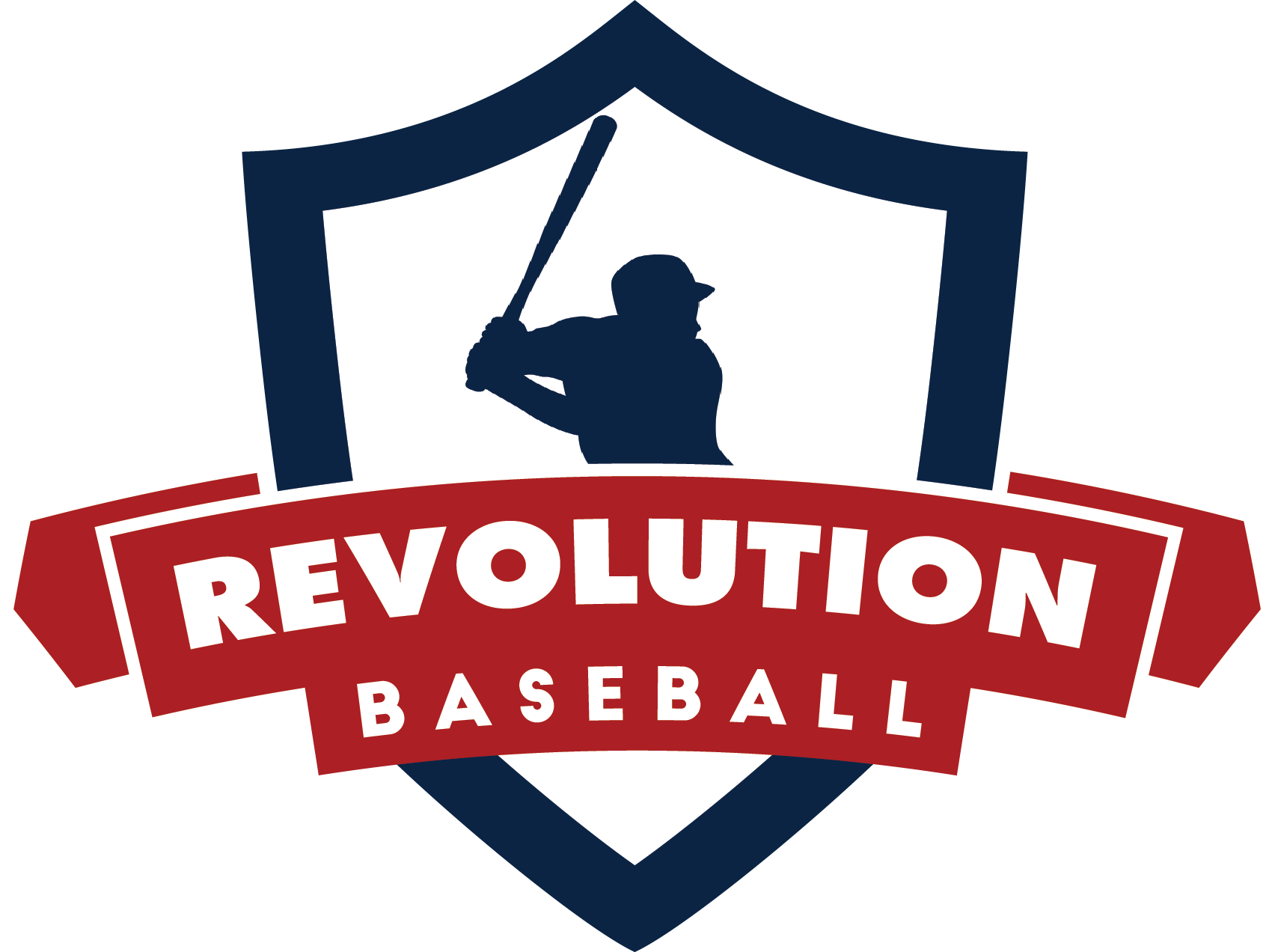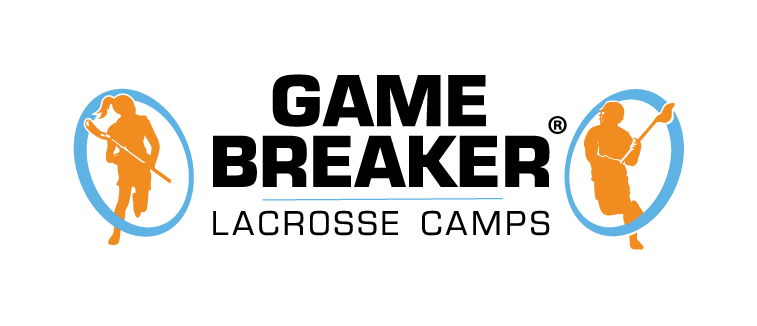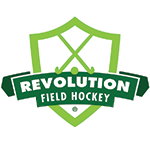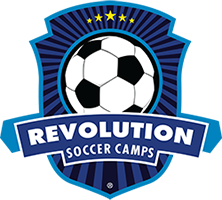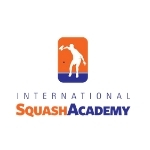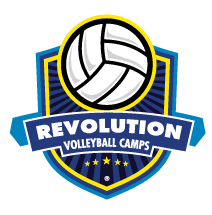For all tennis players at the beginning of their life on the court, it’s important to find easy ways to start building confidence and logging the hours necessary to feel comfortable with a racket in your hands. The best way to make this happen is to get on the court and practice! Then again, you can’t just expect to step foot on the court and instinctively know what to do – you need to have a game plan.
That’s why we’re sharing with you the best tennis drills for beginners. Before we get into those drills, however, let’s touch on some important questions.
Why Are Tennis Drills Important?
Embarking on your tennis journey is not just about swinging a racket and hoping for the best; it’s about crafting a skill set that can grow with you. Tennis drills are the building blocks of your game, turning raw potential into refined talent. They introduce the fundamentals in manageable, repeatable actions, allowing muscle memory to take root and motor skills to develop. More than just practice, these drills are your first steps towards fluency in the language of tennis. They teach you not just how to hit the ball, but how to anticipate, react, and strategize—turning tennis from a game of chance into one of skill. As you embark on this path, remember that every champion started with the basics, and every drill is a step towards your own personal victory.
What Should Tennis Drills Focus On?
At the heart of every tennis drill is the goal to improve specific aspects of your game, but what exactly should these drills be honing in on? For beginners, the focus should shine brightly on the fundamentals: footwork, serving, forehand and backhand strokes, and hand-eye coordination. These are the cornerstones upon which all advanced techniques are built. However, it’s also crucial to weave in drills that enhance your agility, mental toughness, and understanding of the game’s strategies. Each drill should serve a purpose, whether it’s to improve your speed across the court, your precision with the ball, or your ability to stay cool under pressure. Diversity in your practice leads to versatility in your play.
How Often Should You Do Tennis Drills?
Consistency is key when it comes to mastering tennis, and regular practice through drills is essential. But how often should you be doing them? Ideally, integrating tennis drills into your routine 3-4 times a week can strike a balance between nurturing your skills and allowing for proper rest and recovery. Each session should vary in focus, ensuring all aspects of your game are developed evenly. Listen to your body and adjust accordingly; the goal is steady progression, not burnout.
Tennis Drills for Beginners
Around a Circle
To properly execute this drill, there needs to be a group of at least three tennis players available. As the players form a circle around their coach, the coach will gently hit the ball to one of the players on the outside of the circle. The goal is to hit the ball back to the coach, but only after it bounces off the ground. After the coach hits it back, they’ll have their choice of hitting the ball to anyone they want in the circle.
This drill allows tennis players to practice their on-court communication skills and covering their portion of the court.
Baseline Side-to-Side
Start on one side of the baseline with a partner or coach feeding balls to alternating sides of the court (grab a basket of balls to use so you don’t have to continually stop and start). Move laterally to hit a forehand on one side, then shuffle quickly across to hit a backhand on the other side, maintaining continuous movement. Focus on quick, explosive steps to reach the ball and recover back to a central position after each shot.
The objective of this drill is to improve lateral movement and ability to hit forehand and backhand strokes on the move.
Bouncing Ball
At least four people are needed for this drill to form multiple teams, which will position themselves on the baseline and make a right angle with the net. The coach will then mark a point near the net in front of the teams, which is where every player must turn around upon reaching it.
The first player in line must continually bounce the ball with their racket until reaching that point in front of the net. Once they’re there, the player will turn around and get back to the baseline, so their teammate can then start. If control is lost at any time, that particular player needs to start the process all over again.
Simple Serving Drill
As one might imagine, this drill is used to improve your serve (pretty simple title to it, right?). As long as a player has tennis balls available, they can participate in this drill on their own. In the opposite service box, the coach will draw a circle, giving the player a target to try and hit. If they don’t hit inside the circle, it’s declared a fault.
If you’re not alone and in a team setting, you can use this as an opportunity for players to compete with one another to see who can make their serve hit inside the circle the most over a predetermined period of time.
Hand-Eye Coordination Drill
You’ll need a partner for this drill, with one of you standing in the service box and the other on the sideline. Start by throwing the ball to your teammate and letting it bounce once before the other teammate catches it. Once you do that, progress to softly hitting it with your racquet back to your partner. After you’ve each done that a few times, just start hitting it back and forth to one another, continuing to limit the bouncing on the ground to just one between hits.
Center Service Target Practice
To get started, you’ll need a basket of balls, your tennis racket, and four cones (or any markers) to set up your practice area. Position two cones near the center of each service box on both the deuce (right) and ad (left) sides, marking the ideal landing spots for your serves. Start by standing behind the baseline at the center mark and serving the ball, aiming for it to land within the designated target zones. You should serve 10 balls for the deuce side target, then switch to serve another 10 towards the ad side target.
There will be many different types of drills you’ll experience throughout your tennis career, and more advanced players with a higher skill level will want to do more specialized tennis drills, which can be found here. Don’t move too fast, though; make sure you have the proper technique and motor skills down before you move on to more challenging tennis drills. If you find yourself needing more instruction to master your tennis skills, a tennis camp with expert coaches and instructors might be what you need.

